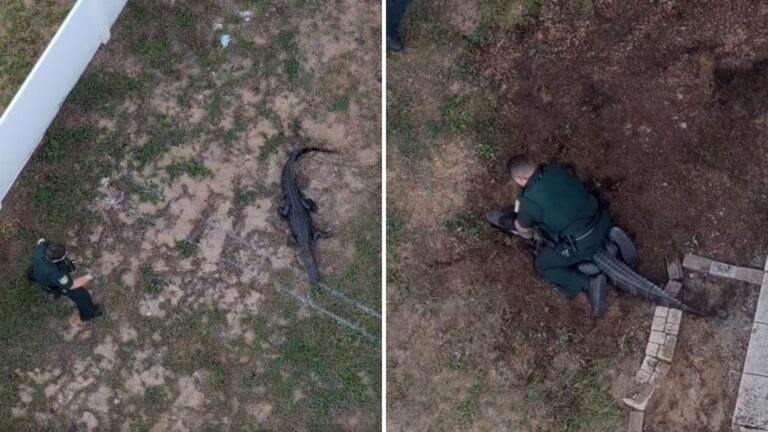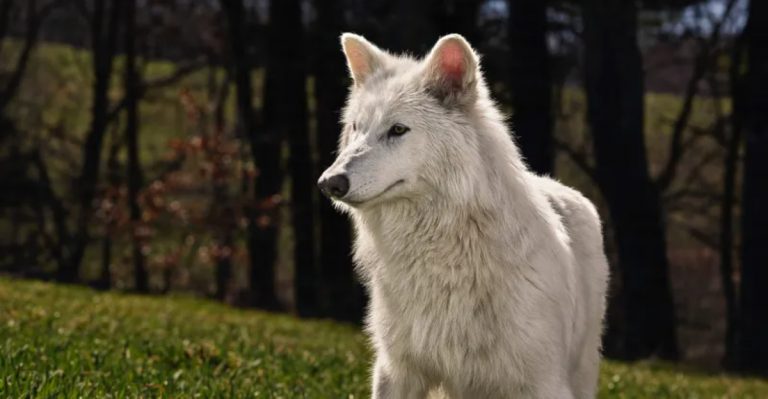15 Invasive Species Taking Over North America And What You Need To Know
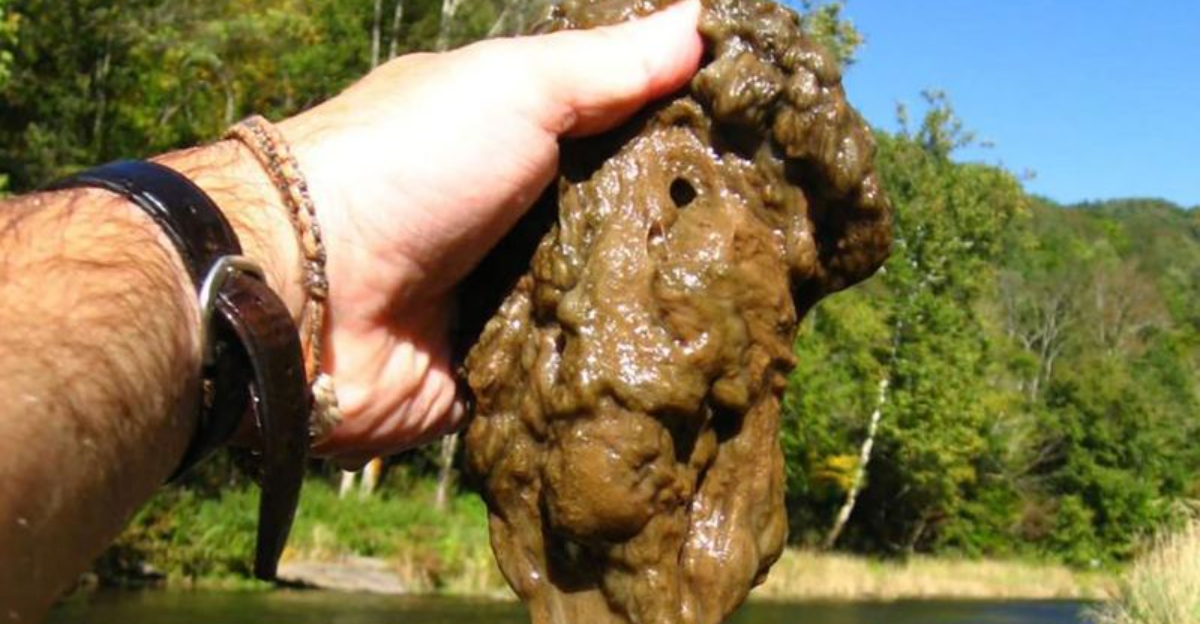
Across North America, uninvited guests are wreaking havoc on our ecosystems.
These invasive species outcompete native wildlife, destroy habitats, and cause billions in economic damage each year.
From tiny insects to massive reptiles, these invaders are changing our landscape in ways both visible and hidden.
1. Zebra Mussels: Freshwater’s Tiny Terrors
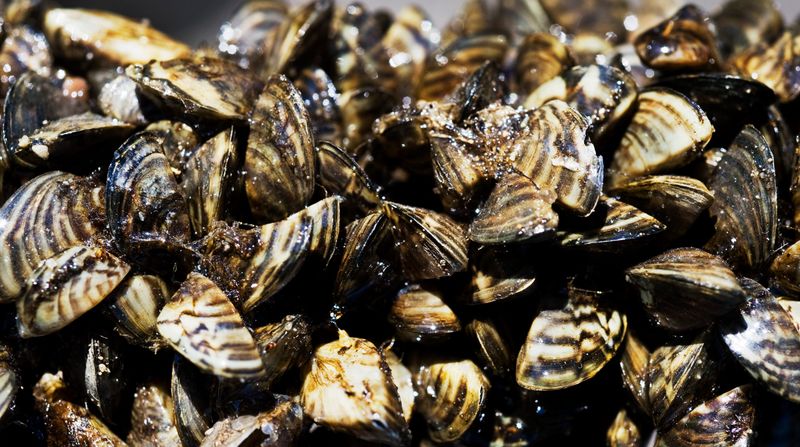
Originally stowaways from Europe, these thumbnail-sized mollusks multiply at mind-boggling rates, with a single female producing up to one million eggs annually! They cling to boats, docks, and water intake pipes, causing over $500 million in damage yearly while filtering out nutrients native species depend on.
2. Burmese Pythons: Florida’s Unwelcome Giants
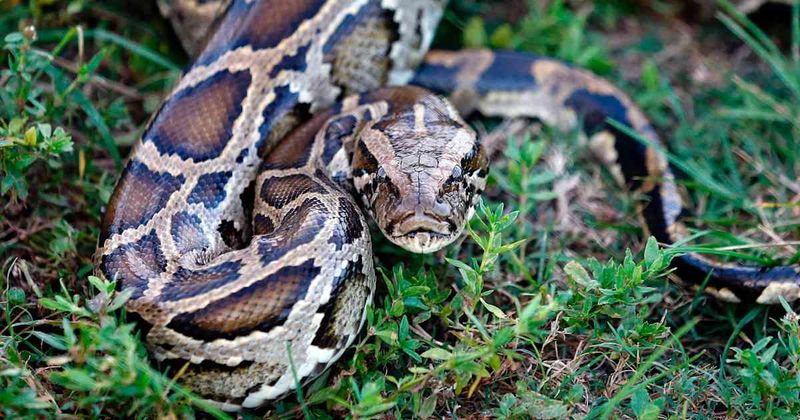
Released by overwhelmed pet owners, these massive snakes have established a stronghold in the Everglades. Some grow over 20 feet long! Their voracious appetite has devastated local mammal populations, with raccoon sightings down 99% in some areas since these reptilian invaders arrived.
3. Emerald Ash Borer: The Tree Killer
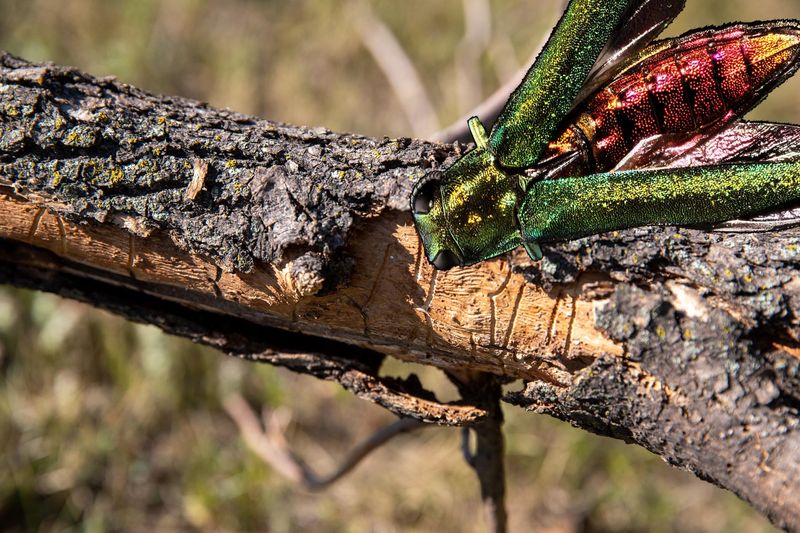
This jewel-colored beetle may look harmless, but it’s responsible for killing hundreds of millions of ash trees across 35 states. First spotted in Michigan in 2002, it likely arrived in wooden shipping materials. The larvae tunnel beneath tree bark, cutting off nutrient flow and killing trees within 2-3 years.
4. European Starlings: A Shakespearean Mistake
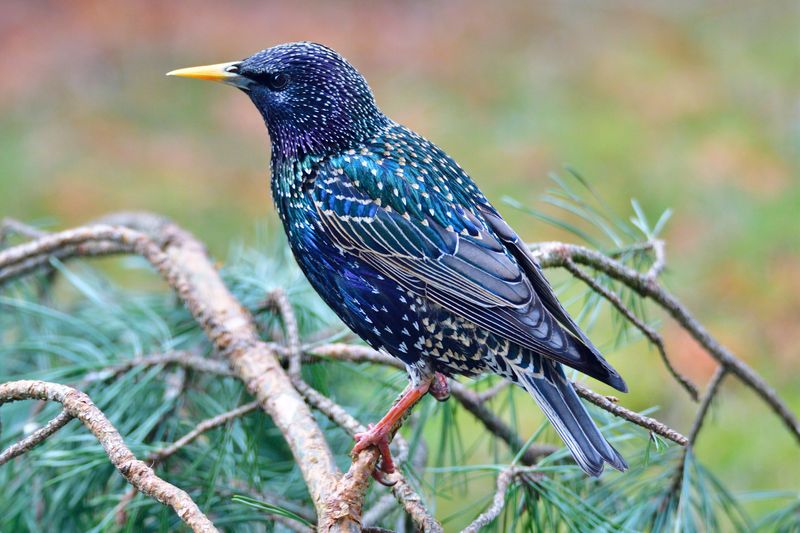
Blame literature for this invasion! In the 1890s, a Shakespeare enthusiast released about 100 starlings in New York’s Central Park, wanting America to have all birds mentioned in Shakespeare’s works. Today, over 200 million of these aggressive birds crowd out native species and damage crops worth millions annually.
5. Northern Snakehead: The Fish That Walks
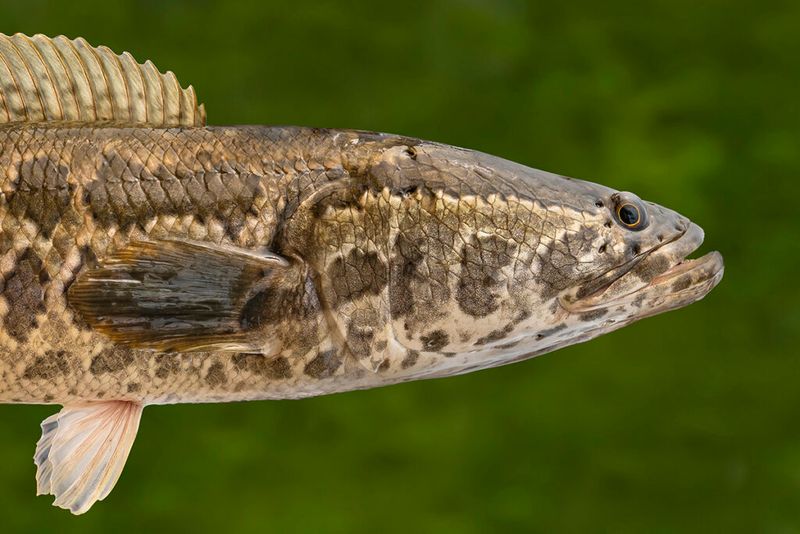
Nicknamed “Frankenfish,” this predator can survive out of water for up to four days and even wriggle across land to reach new waters! Native to Asia, snakeheads devour everything from small fish to frogs and even birds. Their aggressive nature and lack of natural predators make them particularly destructive to native aquatic communities.
6. Feral Hogs: Bulldozers With Tusks
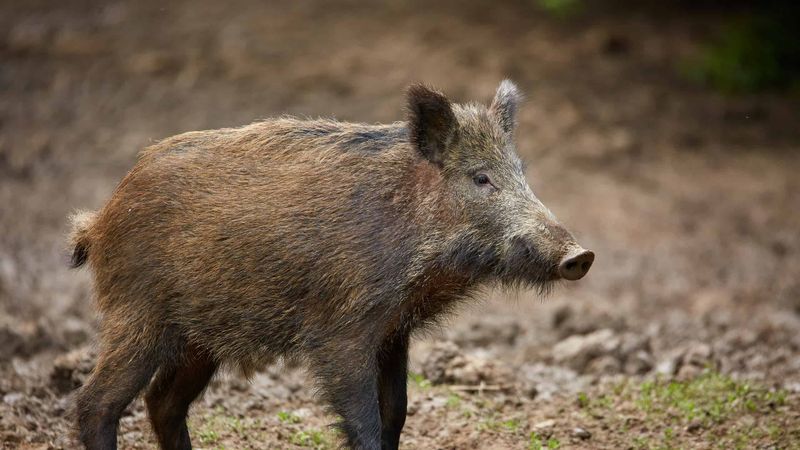
Descended from escaped domestic pigs and European wild boars, these 300-pound destroyers tear through crops and native vegetation like living rototillers. Texas alone hosts over 2.6 million feral hogs causing $500 million in annual damage. They reproduce rapidly, with sows able to produce two litters of 4-12 piglets yearly.
7. Asian Carp: The Flying Fish Menace
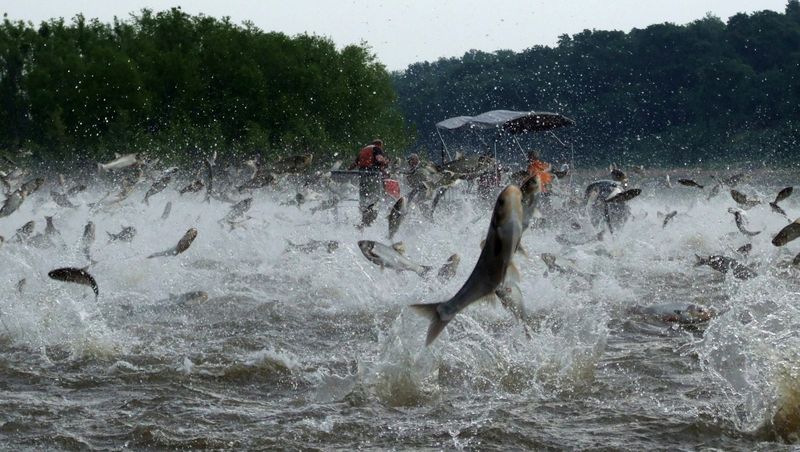
Silver Asian carp leap up to 10 feet out of water when startled by boat motors, sometimes injuring boaters with their 20-pound bodies! Introduced to control algae in aquaculture facilities, they escaped during floods and now dominate many waterways. A single female can release up to two million eggs annually, overwhelming native fish populations.
8. Kudzu: The Plant That Ate The South
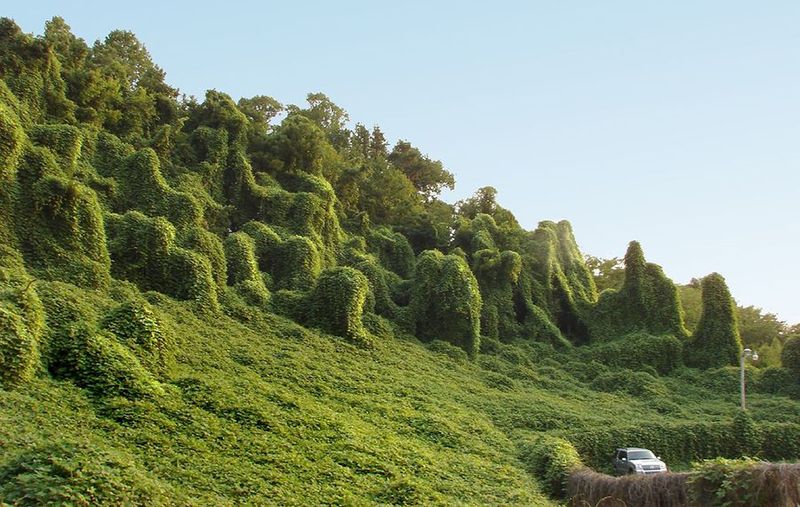
Growing up to a foot per day in summer, this Japanese vine transforms landscapes into eerie, green-draped sculptures of whatever stood there before. Originally promoted by the government for erosion control in the 1930s, kudzu now covers over 7 million acres across the Southeast. Its dense growth blocks sunlight, essentially suffocating native plants beneath it.
9. Spotted Lanternfly: The Colorful Destroyer
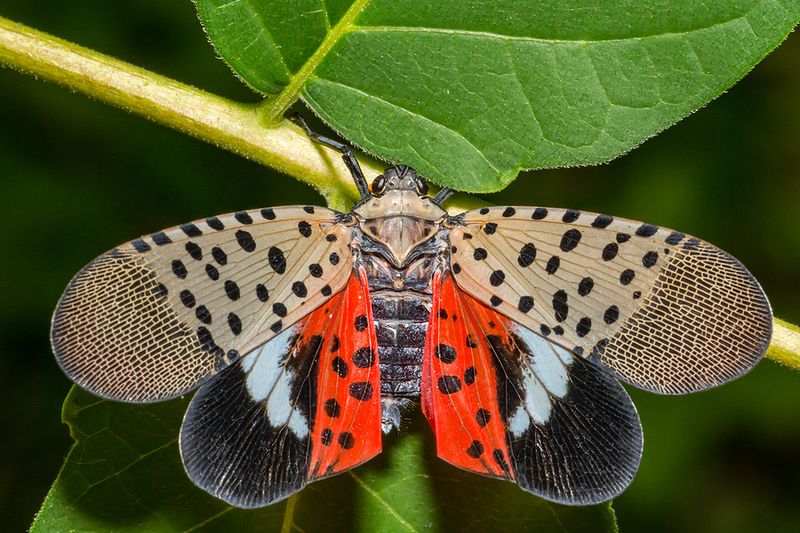
First detected in Pennsylvania in 2014, these striking red-and-gray insects have now spread to 14 states. Don’t let their pretty appearance fool you! They pierce plant stems to feed on sap, weakening and sometimes killing host plants. Their sticky honeydew secretions promote black sooty mold growth, further damaging agricultural crops worth billions.
10. Nutria: Swamp-Eating Rodents
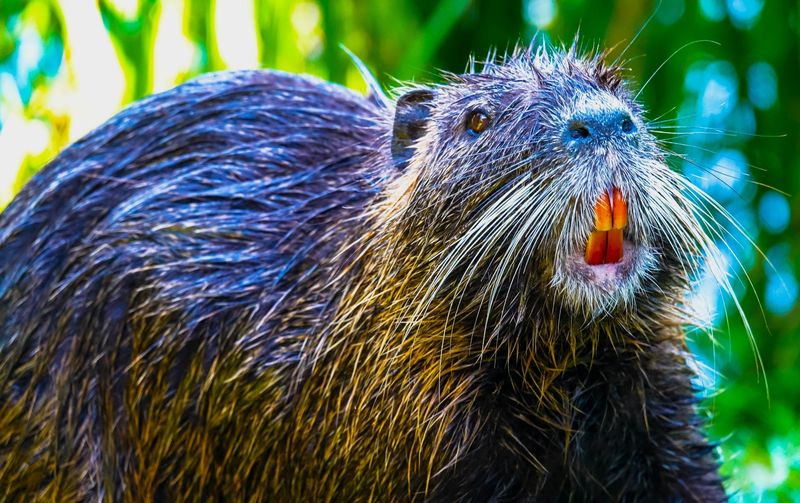
Resembling oversized rats with bright orange teeth, these South American rodents were imported for fur farming but escaped or were released when the industry collapsed. Each nutria consumes about 25% of its body weight daily in vegetation, destroying wetland habitats that protect coastlines from storm surges. Louisiana alone has lost over 100,000 acres of marsh to these hungry invaders.
11. Brown Marmorated Stink Bug: The Smelly Home Invader
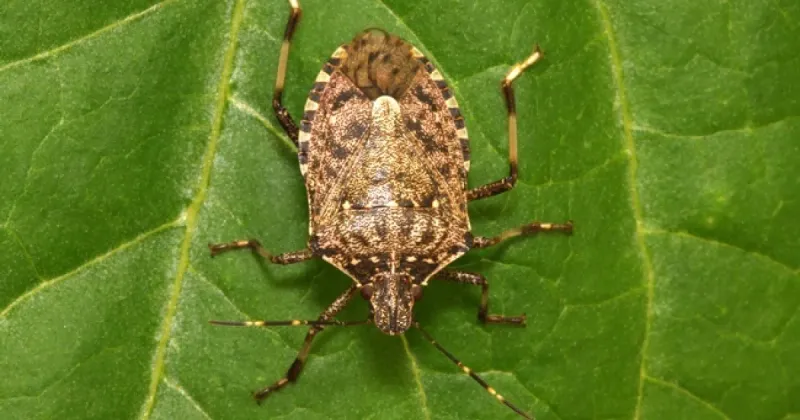
When threatened or squashed, these shield-shaped insects release a distinctive odor often compared to cilantro mixed with dirty socks! Beyond being household nuisances, they damage fruit and vegetable crops by piercing plant tissues with needle-like mouthparts. First confirmed in Pennsylvania in 2001, they’ve now spread to 47 states, causing millions in agricultural losses.
12. Didymo (Rock Snot): The Stream Suffocator
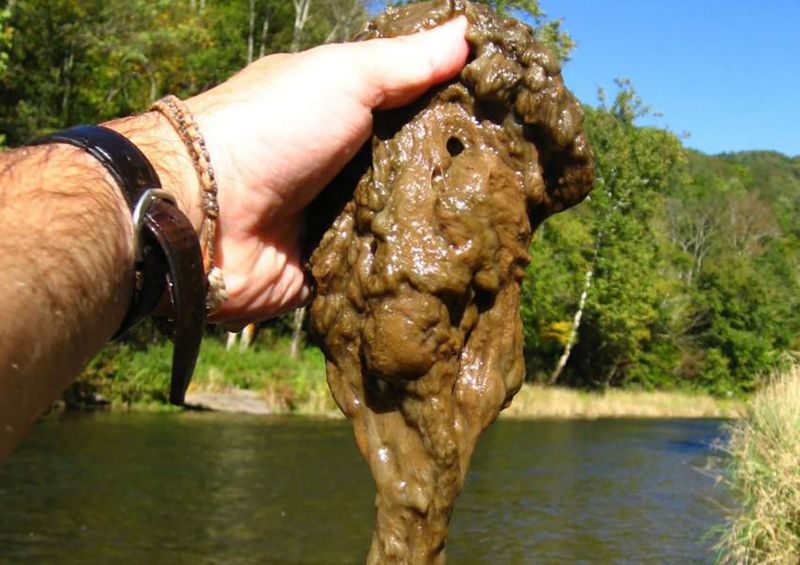
Despite its unappealing nickname, didymo is actually a microscopic alga that produces long stalks forming thick, woolly mats resembling wet toilet paper on stream beds. Anglers unknowingly spread it on fishing gear between waterways. These slimy colonies smother aquatic insect habitat, disrupting food chains and ruining once-pristine trout streams across North America.
13. Garlic Mustard: The Forest Floor Thief
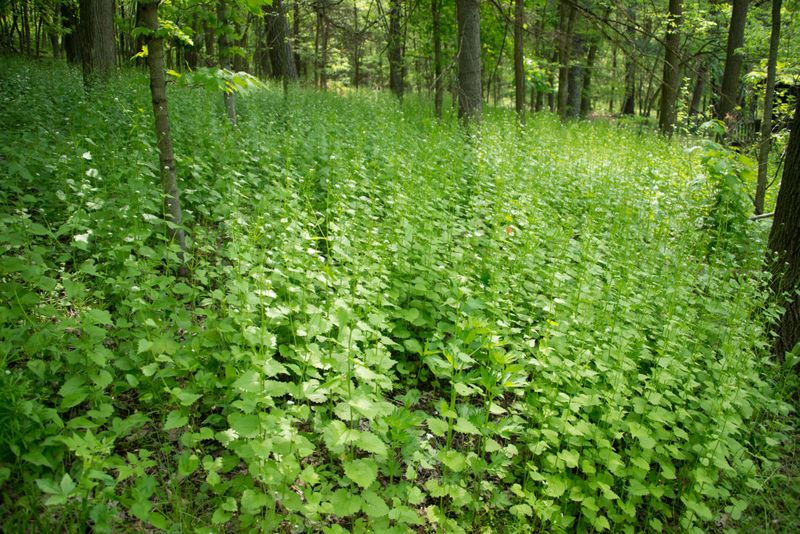
This innocent-looking herb produces chemicals that kill beneficial soil fungi other plants need to survive. A single plant can produce up to 5,000 seeds that remain viable for 5+ years! European settlers introduced it as a culinary and medicinal herb, but it escaped gardens and now forms dense carpets in forest understories across the Northeast and Midwest, crowding out native wildflowers.
14. European Green Crab: The Shellfish Shredder
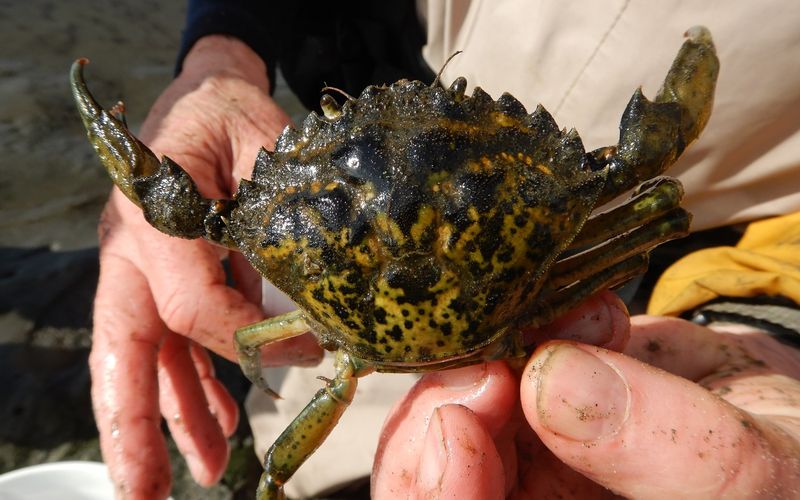
Don’t be fooled by their small size—these aggressive crustaceans can crack open mussels and clams with their powerful claws and consume up to 40 half-inch clams daily! First arriving in ship ballast water in the 1800s, they’ve established themselves on both coasts. They outcompete native crabs and devastate commercial shellfish beds worth millions.
15. Fire Ants: Tiny Terrors With Burning Bites
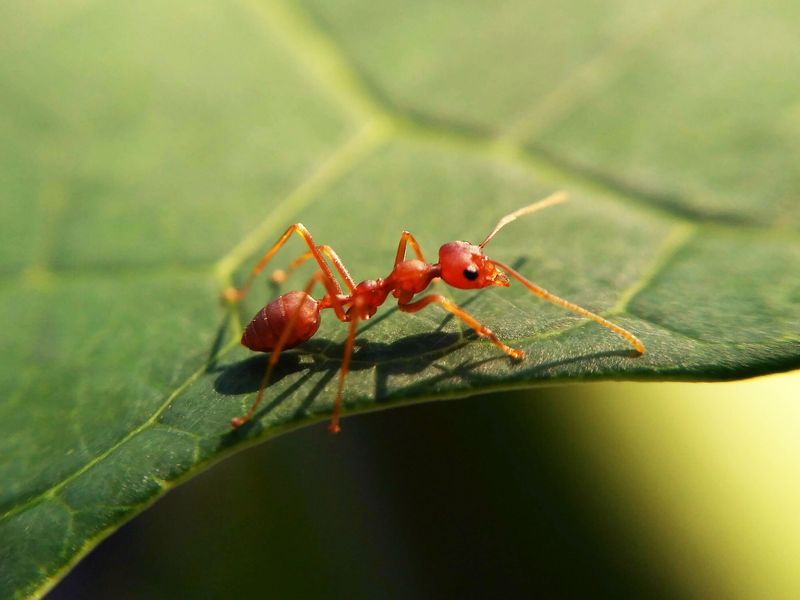
A single fire ant colony can contain up to 250,000 workers, all ready to defend their mound with painful, burning stings that can trigger severe allergic reactions in some people. Accidentally imported from South America in the 1930s, they now infest over 367 million acres across the southern United States, causing over $6 billion annually in damage to livestock, crops, and electrical equipment.



